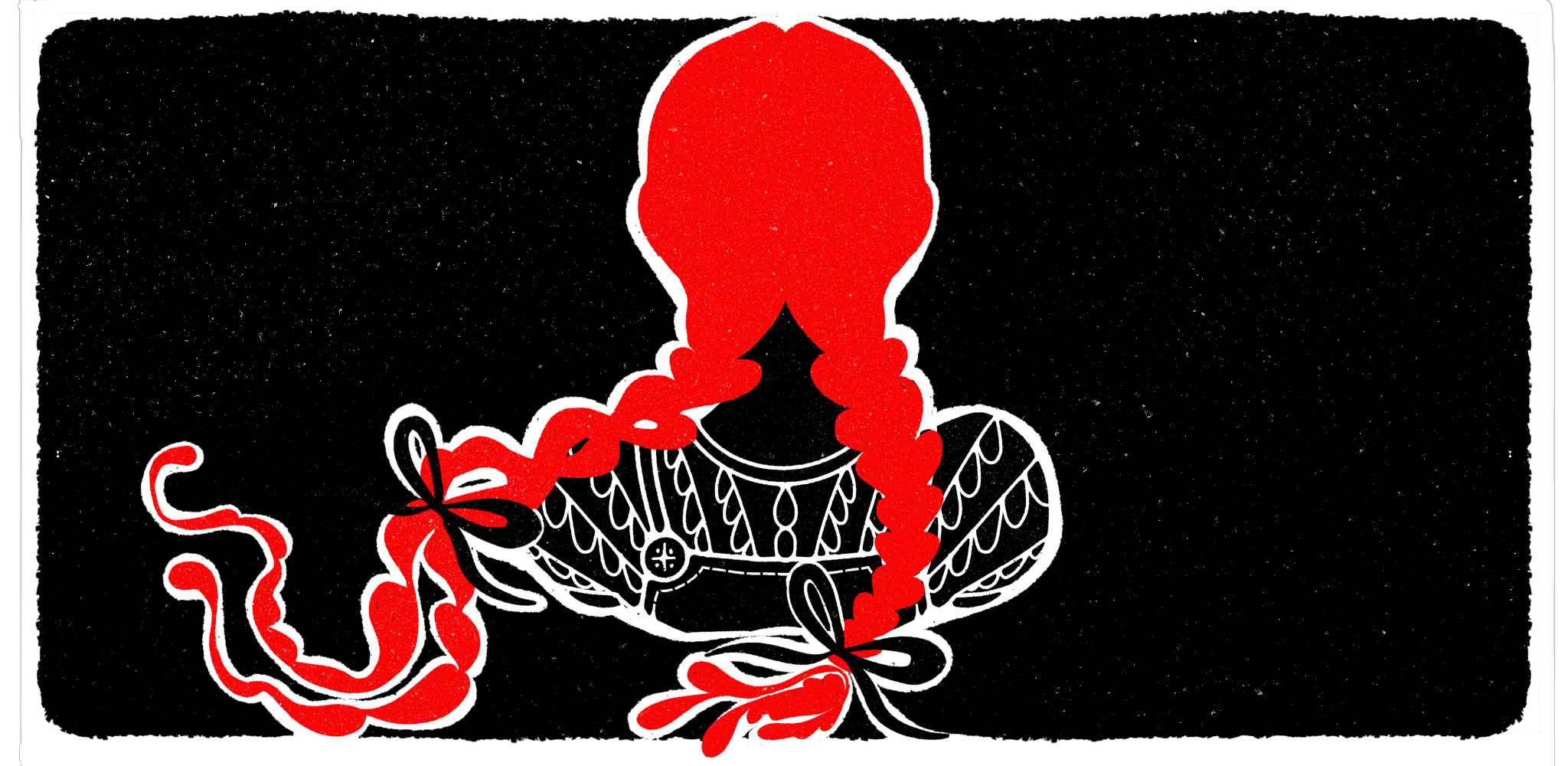
Illustration by Sacha Lusk
“13 Reasons Why” is a short Netflix series based on Jay Asher’s 2007 young adult novel of the same name. The series follows a conflicted teenager, Hannah Baker (played by Katherine Langford), who, upon deciding to take her life, leaves 13 cassette tapes designated to 13 people she believed contributed to her suicide.
The series is wildly popular, and the show runners recently announced plans for a second season. However, the show has also been deemed controversial due to its graphic depictions of suicide and death, especially considering the target audience of this series are teenagers.
Various teen mental health experts have taken different stands in relation to the show and the subsequent controversy. “13 Reasons Why” has sparked many important conversations surrounding real issues that teens face, but the question is, is it developing the conversations on suicide by glorifying it?The topic addressed is not the issue, yet the way it is addressed has created some concern for parents, mental health experts, and even, teens themselves.”
Alexa Curtis is the nineteen-year-old founder of Media Impact Navigation for Teens (MINT). This organization works directly with teens and their schools to address issues like cyber-bullying. She wrote an opinion article in Rolling Stone about the series in which she details how while she would not recommend the series, she encourages people to discuss the central issues of “13 Reasons Why.”
Curtis stated: “Kids should probably even be separately brought aside, as privately as possible, and spoken to about it. Any kids who are known to have depression, to have spoken to counselors or any previous suicide attempts, I think they should be very, very, very talked to in-depth about it.”
Curtis argues that “13 Reasons Why” glorifies death and that, “We become captivated by the drama of the suicide rather than the actual suicide itself.” People should understand that death is not the easiest way out — especially for kids battling mental health issues. Curtis stresses that seeing how easily the main character took her life could desensitize kids to suicide.
The show has also been criticized for the fact that it does not demonstrate effective ways to seek out help as an individual with suicidal thoughts. The adults in the series were not portrayed as a viable mental health resource. Curtis feels that “13 Reasons Why” could have featured some forms of outreach. “Teens watching it might realize that there is always an option that doesn’t include self-harm,” she said.
Though the series has been criticized, some mental health experts have found that now that it is out in the world, the best thing people can do is try to start a guided conversation. These conversations could help put the series into context and discuss the issues portrayed in the show.
Still, it is important to consider the context in which this series is being aired. According to the US Centers for Disease Control and Prevention suicide is the third leading cause of death among young people ages 10 to 24. Each year, about 157,000 people in that age range receive medical care for self-inflicted injuries in emergency departments across the United States.
The US Department of Health and Human Services previously published research about “suicide contagion,” which describes how exposure to suicide within one’s immediate social circle and media may be associated with an increase in suicidal behaviors.
When asked about the subject in an op-ed published in Vanity Fair, Nic Sheff, a writer for “13 Reasons Why ,” stated that he dealt with suicidal ideation. Sheff said that one of the things that helped him refrain from taking his own life was seeing someone else doing so.
Sheff said: “When it came time to discuss the portrayal of the protagonist’s suicide in ’13 Reasons Why’ I of course immediately flashed on my own experience. It seemed to me the perfect opportunity to show what an actual suicide really looks like — to dispel the myth of the quiet drifting off…It overwhelmingly seems to me that the most irresponsible thing we could’ve done would have been not to show the death at all.”
However, according to the National Association of School Psychologists: “Research shows that exposure to another person’s suicide, or to graphic or sensationalized accounts of death, can be one of the many risk factors that youth struggling with mental health conditions cite as a reason they contemplate or attempt suicide.”
Was it responsible for a show with such a large audience, including many vulnerable teenagers and kids, to include such controversial scenes? This will remain the much-debated question in regards to Netflix’s latest phenomenon.




















